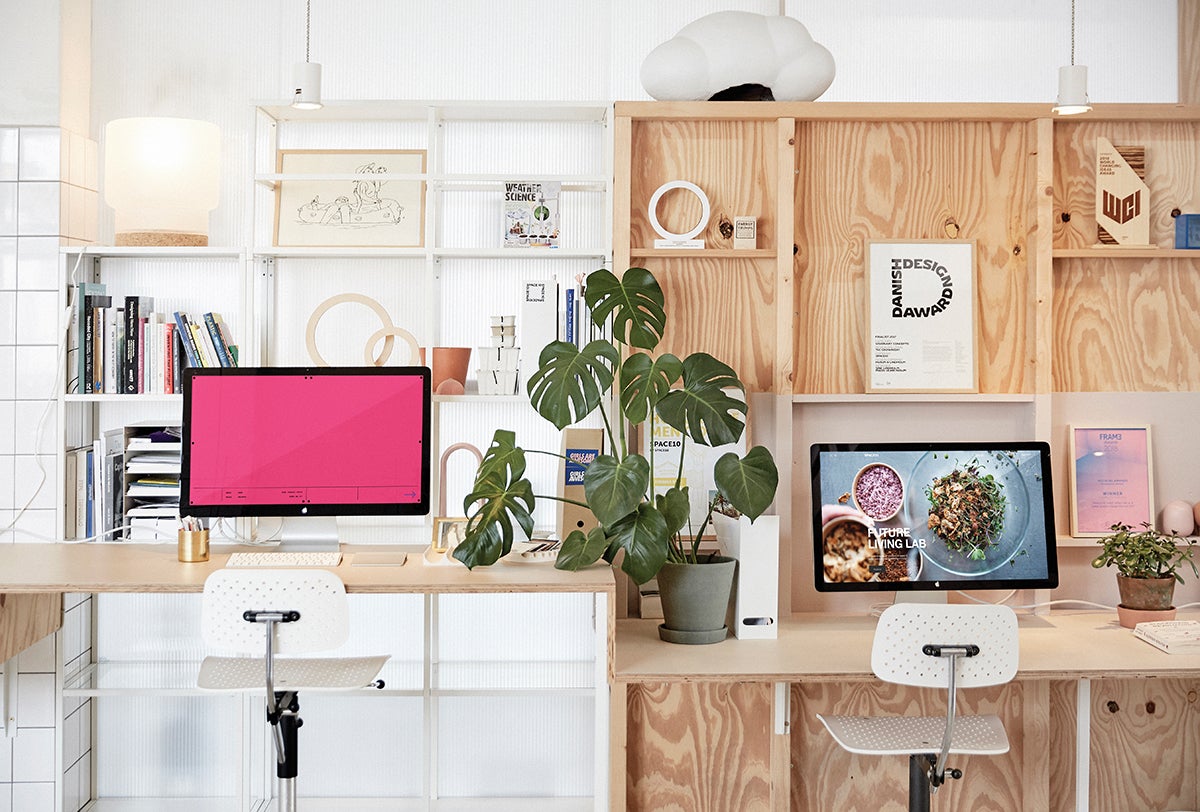The way we work is evolving at breakneck speed. From female-focused amenities to new kinds of seating that allow workers to switch from lounging to perfect posture without a hitch, designers are rising to the challenge of creating offices that fit today’s needs.
The gig economy is only expanding: Freelancers currently make up about a third of the American workforce and are projected to comprise half by 2027, a trend that’s mirrored in the growing contract workforce across the globe. With fewer people tied to desks, and more finding ways to work wherever we are—whether that’s in bed, at the beach or on a plane—designers are rethinking how we create, connect and get comfortable in our workspaces.
It’s a design challenge that invokes not just ergonomics and aesthetics, but also our deeper value systems around work-life balance, time management and boundaries. “Today, more is being asked of workers in all parts of their lives, and the personal and professional are overlapping more than ever before,” says John Hamilton, director of global design for Coalesse, Turnstone, and Steelcase’s color, materials and finish division. “The need to use our time wisely is impacting how and where work is happening; workplaces are more diverse and need to support a greater variety of work styles; and workers’ expectations are higher and harder for employers to keep up with.”

BOH subscribers and BOH Insiders.










































